视频解析
文字解析
Evaluationp>
This question asks about the rhetorical function of the second paragraph. While the first paragraph argues that a crucial factor in achieving economies of scale is intangible capital, or organized human capabilities, the second paragraph uses the example of new capital-
intensive manufacturing industries to help show that this is indeed the case.
A.Correct. The second paragraph provides an example that illustrates the claims made in the first paragraph. It discusses the way in which intangible capital—e.g.,
distribution networks, marketing systems, smooth production processes, and qualified management teams—enables manufacturers in new capital-intensive manufacturing
industries to realize economies of scale and achieve market dominance.
B.The second paragraph does, in a sense, “evaluate” investment in intangible capital: it suggests that such investment is necessary. However, investment in intangible capital is the only strategy it discusses.
C.The second paragraph supports rather than undermines the first paragraph’s argument.
D.Nothing in the second paragraph suggests that there are, or could be, any objections to the first paragraph’s argument.
E.The second paragraph discusses the potential positive outcomes of investing in
intangible capital. It suggests that there might be negative consequences to not making such investments, but it does not indicate that avoiding such investments is a
commonly used strategy.
The correct answer is A.
GMAT会员
- 【OG18-P680-668题】In a review of 2,000 studies of human behavior that date back to the 1940s, two Swiss psychologists, declaring that since most of the studies had failed to control for such variables as social class and family size, none could be taken seriously.
- 【OG18-P680-671题】Manufacturers rate batteries in watt-hours; if they rate the watt-hour higher, the longer the battery can be expected to last.
- 【OG18-P680-672题】At the end of the 1930s, Duke Ellington was looking for a composer to assist him-someone not only who could arrange music for his successful big band, but mirroring his eccentric writing style as well in order to finish the many pieces he had started but never completed.
- 【OG20-P569-634题】Snowmaking machines work by spraying a mist that freezes immediately on contact with cold air. Because the sudden freezing kills bacteria, QuickFreeze is planning to market a wastewater purification system that works on the same principle. The process works only when temperatures are cold, however, so municipalities using it will still need to maintain a conventional system. Which of the following, if true, provides the strongest grounds for a prediction that municipalities will buy QuickFreeze's purification system despite the need to maintain a conventional purification system as well?
- 【OG20-P147-8题】(12 -13 )+(13 -14 )+(14 -15 )+(15 -16 )=

添加官方小助手微信
了解更多GMAT考试与咨询

Copyright © 2021 All Right Reserved 申友雷哥教育 版权所有 沪ICP备17005516号-3 免责声明 互联网经营许可证编号:沪B2-20210282





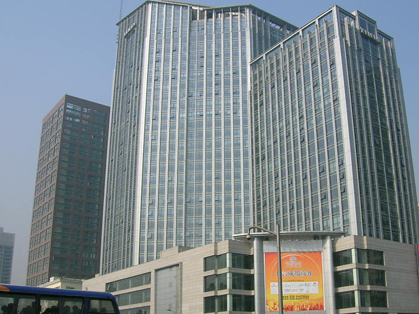

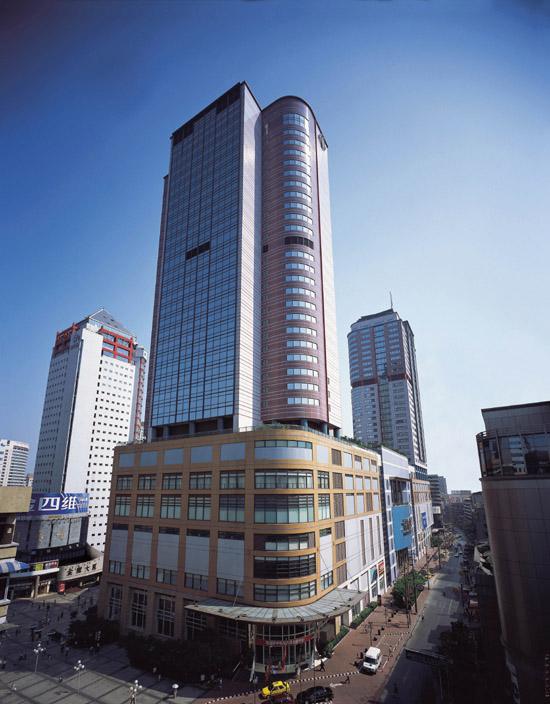

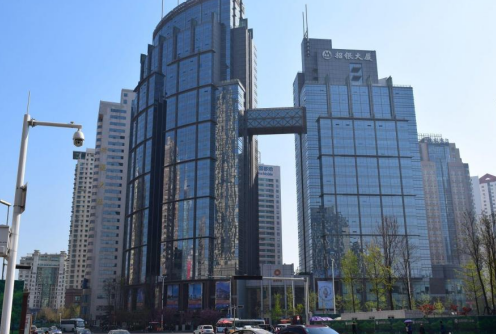





 400-1816-180
400-1816-180


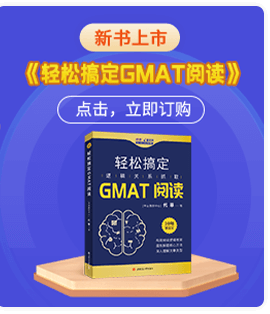


 资深讲师题题有解析
资深讲师题题有解析










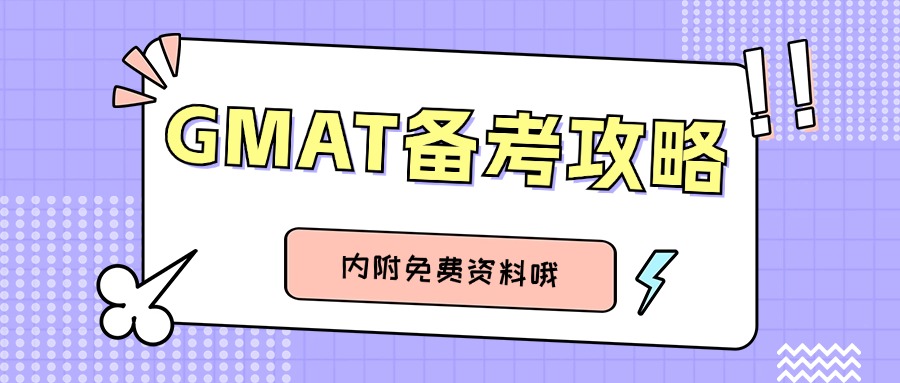




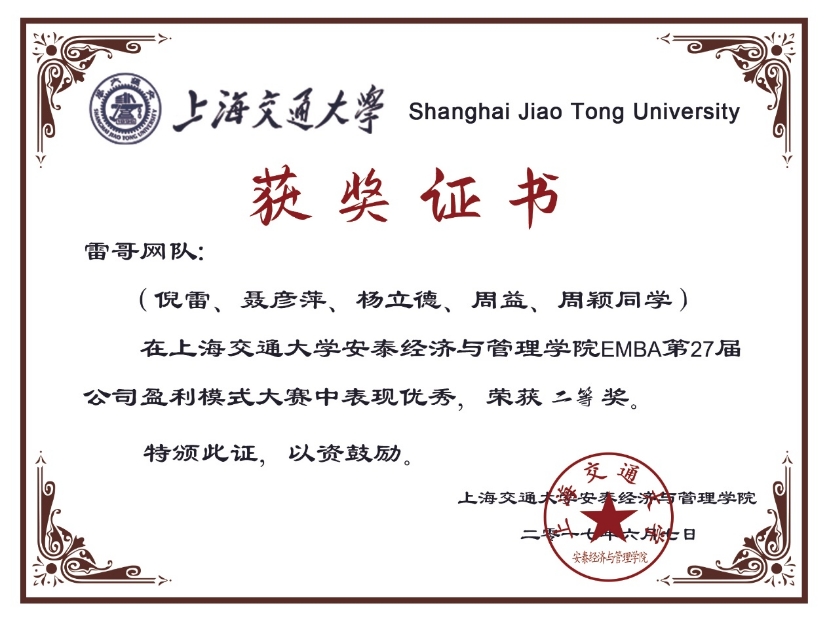





 12G备考资料
12G备考资料